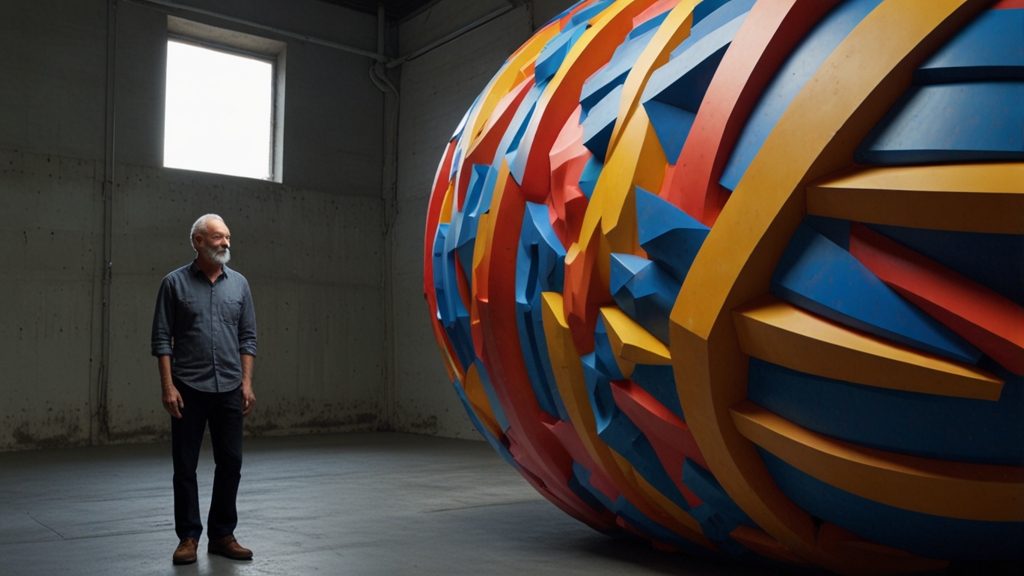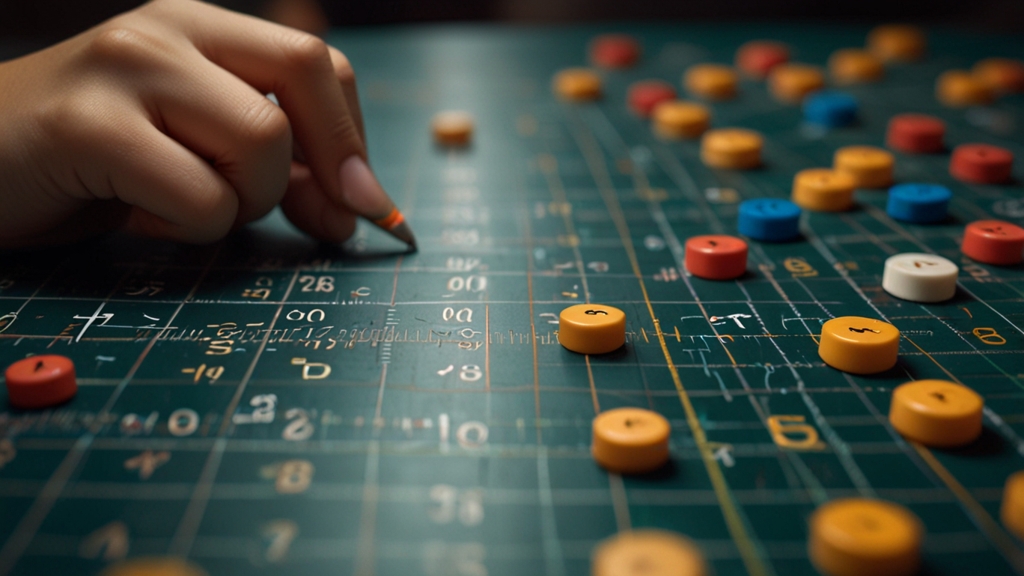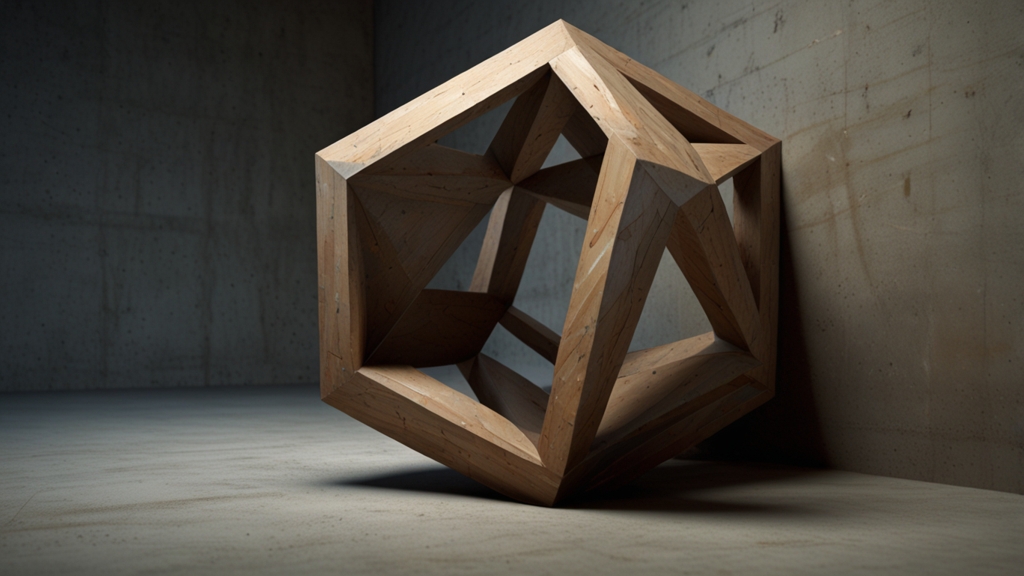Geometry Gone Wild: Unusual Shapes That Defy Logic
Geometry isn’t just about the predictable squares, circles, and triangles that we encounter in everyday objects. When one dives deeper into the depths of mathematical concepts, a world of bizarre and mind-bending shapes reveals itself. These forms challenge our understanding of space, dimension, and symmetry. Let's explore some of these unusual shapes that seem to defy logic.
The Möbius Strip
Imagine a loop with only one side and one edge. Seems impossible? Say hello to the Möbius strip. Created by taking a strip of paper, giving it a half twist, and then joining the ends together, this perplexing shape that has fascinated mathematicians and artists alike. Because it only has one side, if you were to draw a line down the middle, you would never lift your pen, and you’d end up back where you started.
"The Möbius strip reminds us that even the simplest manipulations can lead to unexpectedly complex results."
Fractals: The Infinite Complexity
Fractals represent structures that display self-similarity at various scales. This means that no matter how much you zoom in or out, the pattern remains consistent. One of the most famous fractals is the Mandelbrot set. These shapes are not only mathematically intriguing but also visually mesmerizing, appearing in natural forms such as snowflakes, coastlines, and even broccoli!
"In a world where most shapes have a finite length or surface area, fractals stretch into infinity, challenging our very grasp of size and dimensions."
Euler's Nine-Point Circle
In any given triangle, there are nine specific points that lie on the same circle, known as the nine-point circle or Euler's circle. These points include the midpoint of each side of the triangle, the foot of each altitude, and the midpoint of the segment from each vertex to the orthocenter (the point where the three altitudes intersect). Despite the triangle's apparent asymmetry, these nine points exhibit an almost mystical harmony.
The Klein Bottle
Taking the concept of the Möbius strip a step further, the Klein bottle is a non-orientable surface with no distinct “inside” or “outside.” You can't create a true Klein bottle in our three-dimensional space without it intersecting itself, but in four dimensions, it’s perfectly plausible. It’s essentially a never-ending loop which intrigues mathematicians and breadheads aiming for the perfect geeky desktop ornament.
"The Klein bottle demonstrates how our intuitions about geometry can mislead us once we step beyond the boundaries of our familiar three-dimensional world."
Penrose Tiling
Discovered by mathematician and physicist Roger Penrose, Penrose tiling defies logic through its non-periodic tiling of the plane. Unlike traditional tiling with repeated patterns, Penrose tiling uses a set of shapes that, when tessellated, never repeat. This creates beautiful, intricate patterns that have an almost infinite complexity, making it a popular choice for artistic decorations and even some architectural designs.
Conclusion
The universe of geometry is vast and often awe-inspiring. These unusual shapes—Möbius strips, fractals, Euler's nine-point circles, Klein bottles, and Penrose tiling—not only challenge our understanding but also inspire a deeper appreciation for the beauty and complexity inherent in mathematics. As we continue to explore and understand these enigmatic shapes, who knows what other marvels might be lurking just beyond the horizon?








